Baroque Park of the Frederiksborg Castle
To the north of the castle is a large Baroque park (Barokhaven), forming a single ensemble with it - the central axis of the park coincides with the axis of the castle. Frederick IV, while still the prince-heir, traveled extensively in France and Italy, where he became acquainted with the best examples of palace architecture. After returning to Denmark, Frederick began to rebuild his summer residence, the most important part of which was to become a large park area. Initially, a parterre-type garden typical of the French Renaissance was laid out to the north of the palace on a gentle hillside. There were many canals and water cascades in this park, which, however, did not really work due to the inefficient water supply system. At the beginning of the 18th century, the Baroque style became fashionable, and Frederick commissioned the chief royal architect Johann Cornelius Krieger to rebuild the park in the spirit of the times. The work was carried out in 1720-25, the result was a regular ("French") geometric layout, and the slope was replaced by terraces. The central axis of the park is formed by a cascade of canals with waterfalls and bridges above them. At the top of the hill, where the central canal originates, there is an obelisk in honor of Christian Dittlev Frederik Reventlow, the prime minister and reformer of the early 19th century. Count Reventlov is popular among the people as a defender of the rights of the peasantry and the author of the law that abolished serfdom. The upper terraces are alleys radiating like a star from the fountains. The alleys of the park are decorated with marble sculptures depicting semi-naked girls. On the lower terrace, the curved lines of boxwood plantings form royal monograms. White marble satyrs recline at the foot of the main waterfall. Here you can relax, looking at the cool streams. After the death of King Frederick IV, the castle's funding was significantly cut and the park fell into disrepair. In 1993, the park was renovated, the terraces were cleared of old and withered plants, one and a half hundred yew trees, seven thousand hornbeam trees and 65 thousand boxwood bushes were planted. In 1996, the renovated park was opened to the public and immediately became a popular holiday destination for residents of Copenhagen, and of course, tourists.
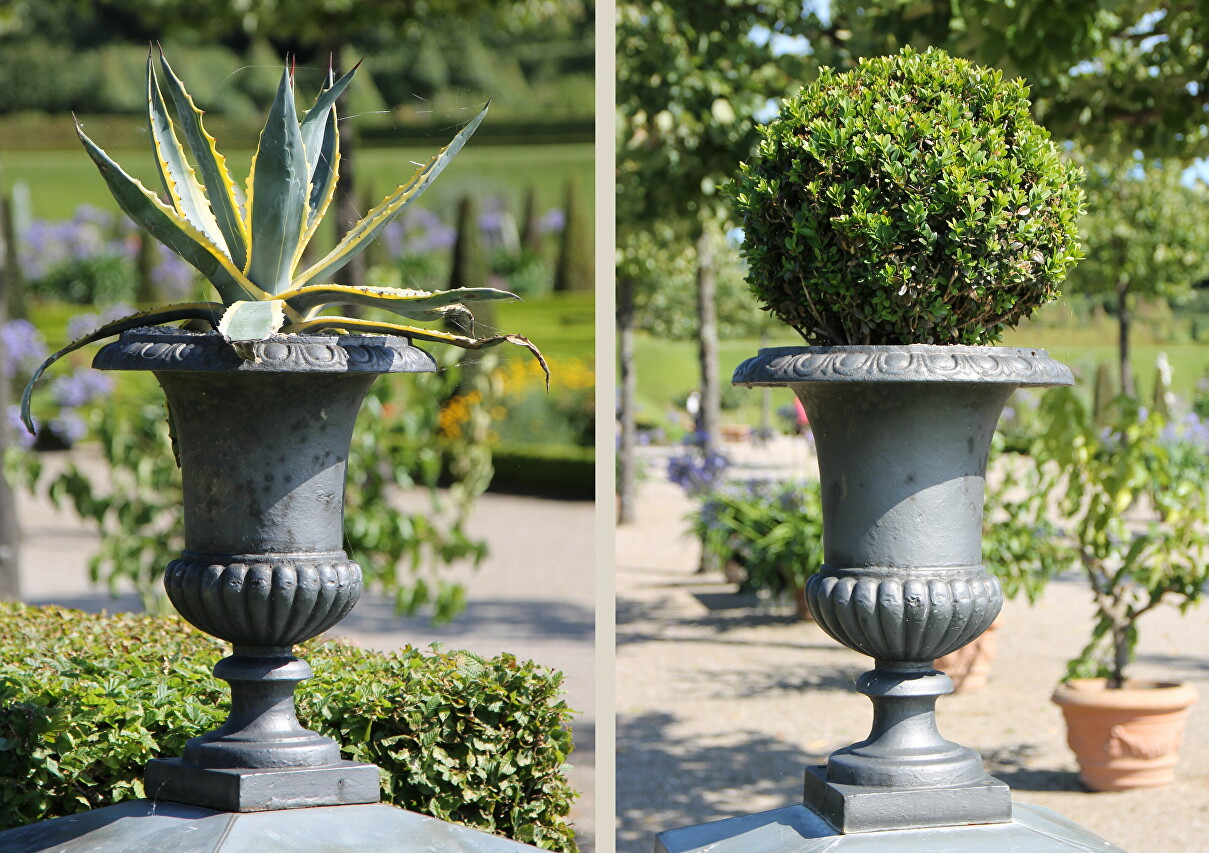
..
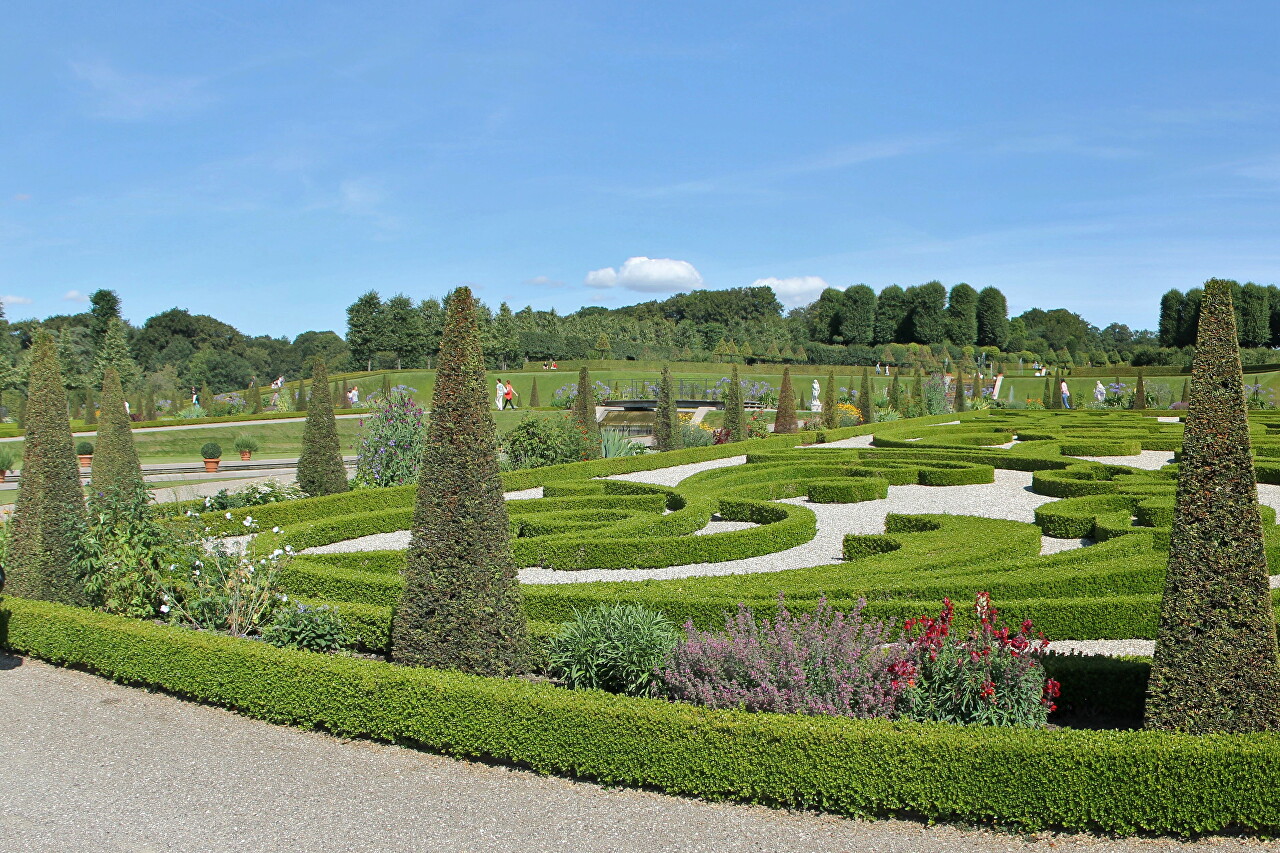
..
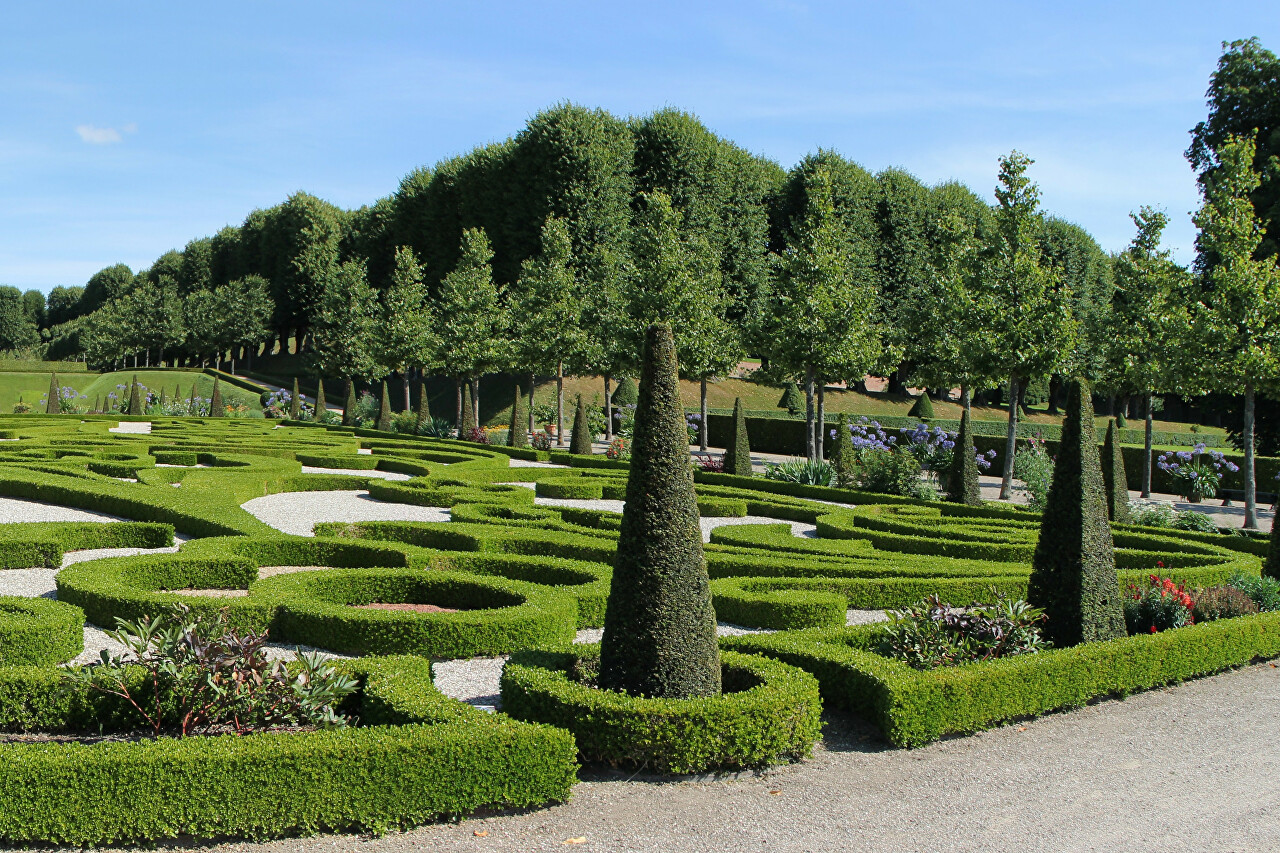
..
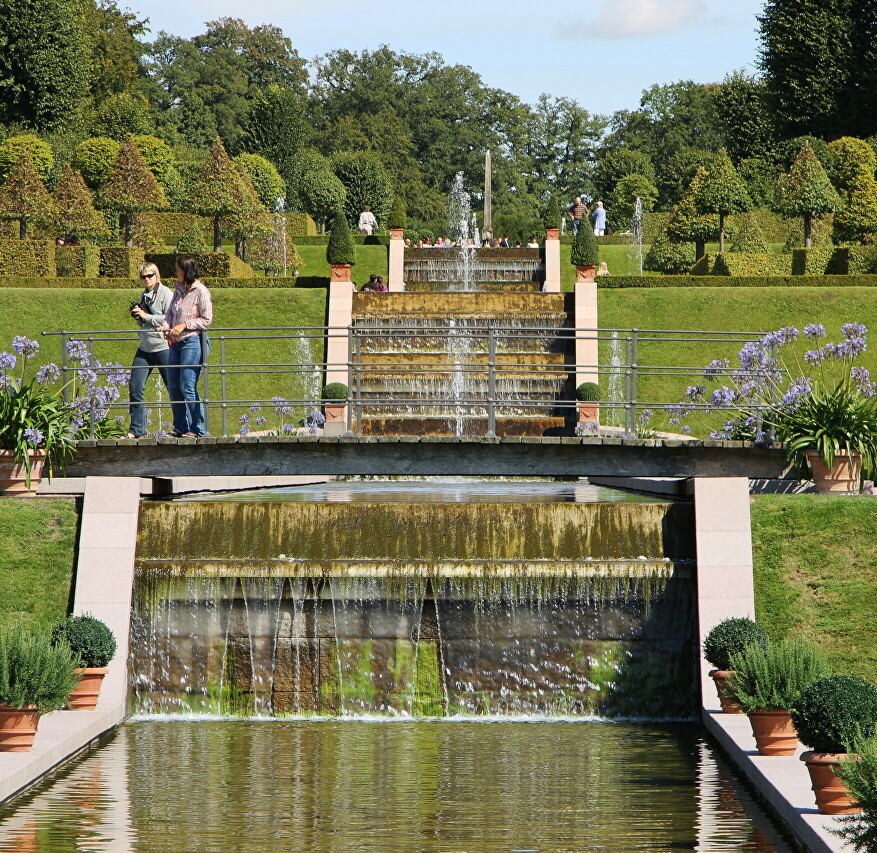
..
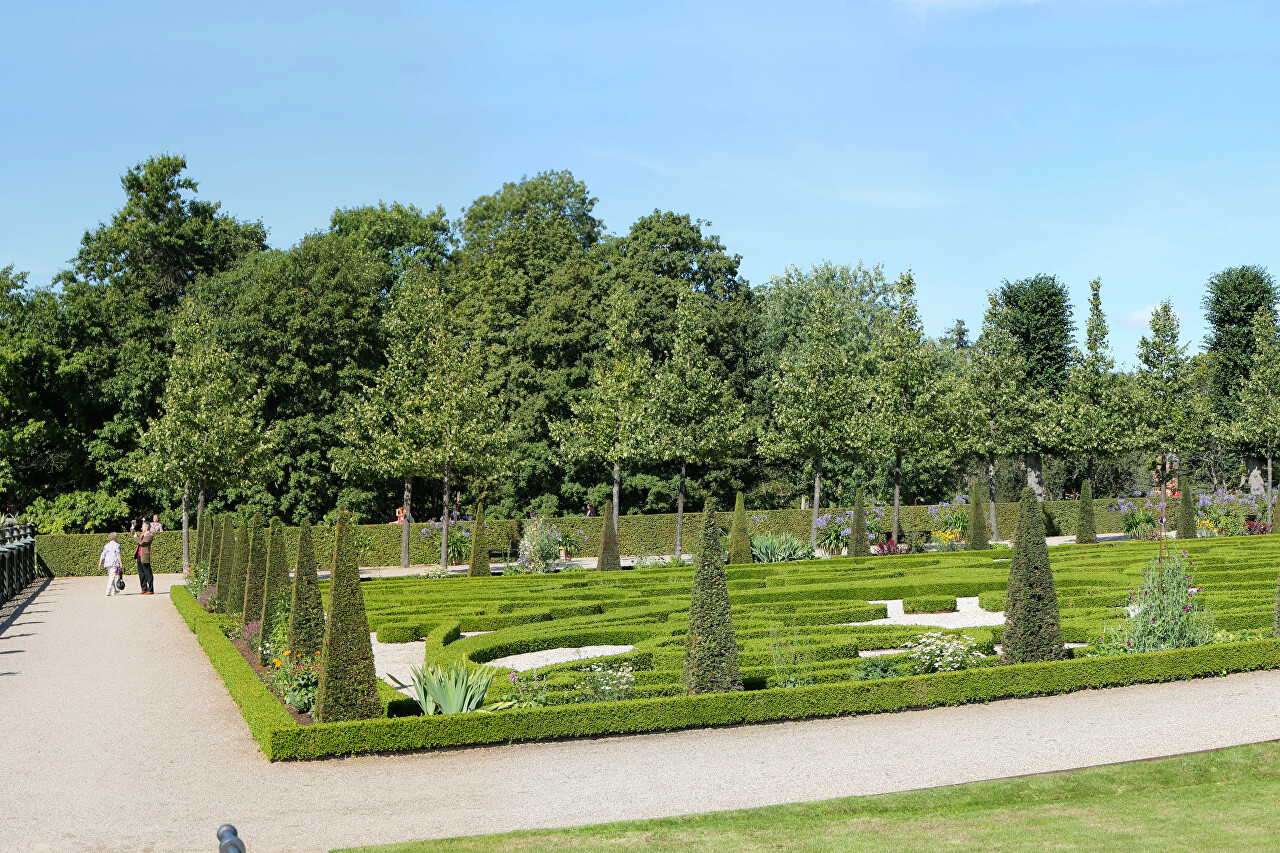
..
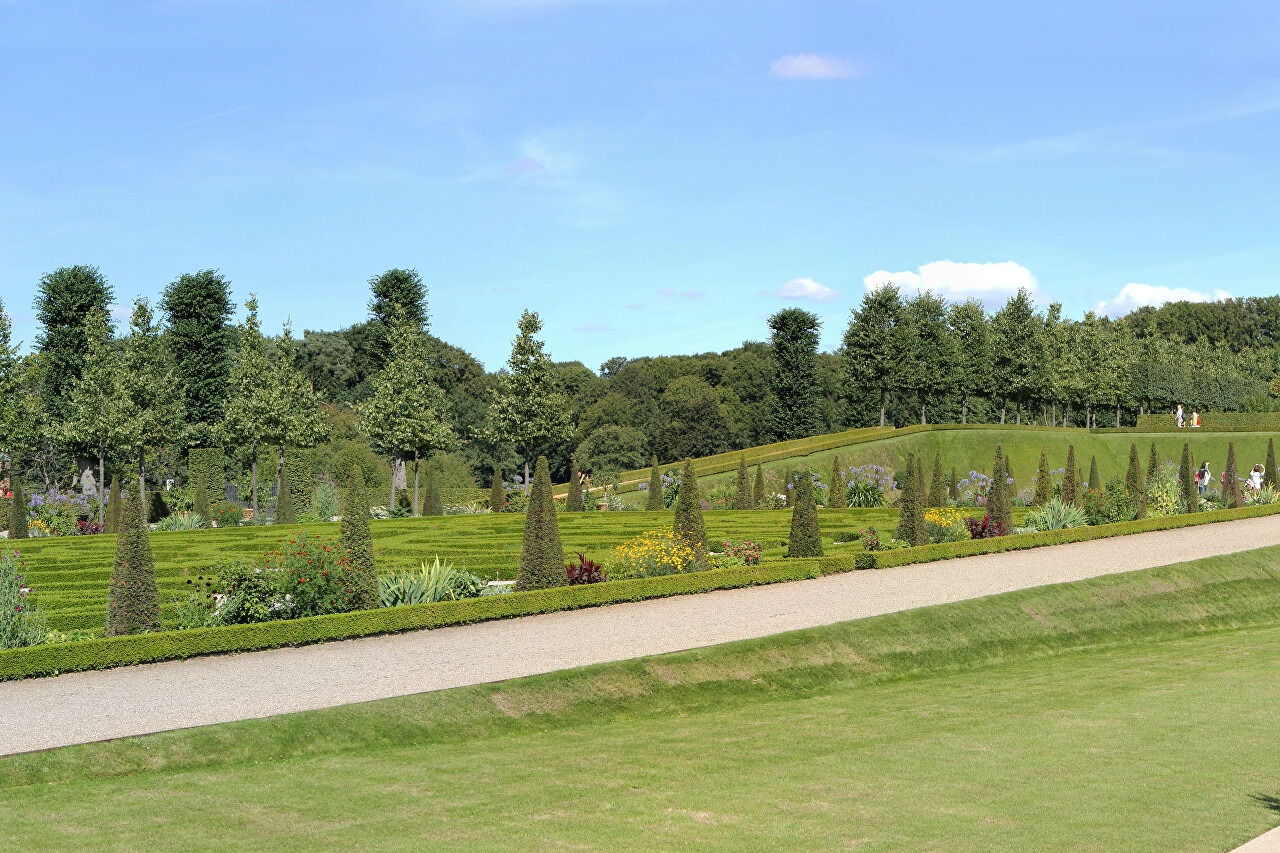
..
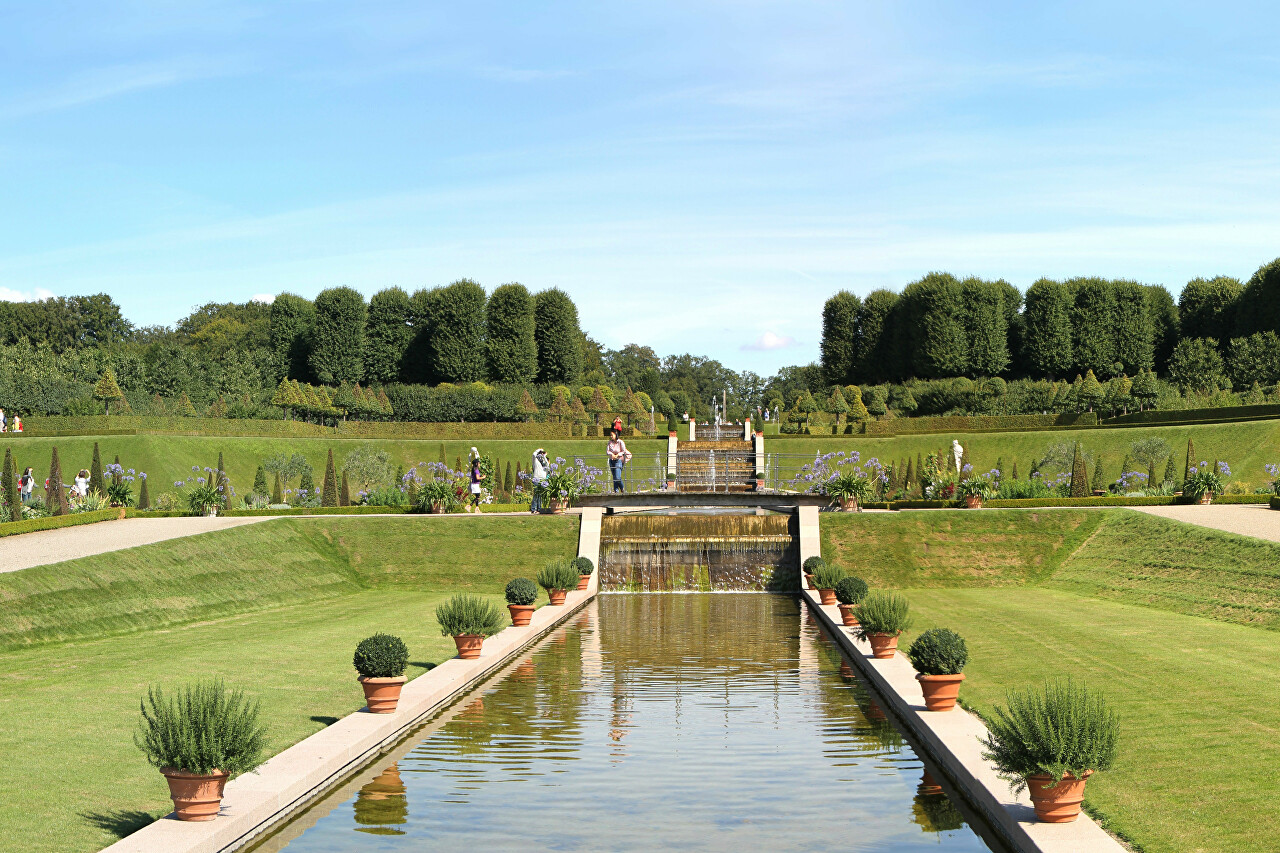
..
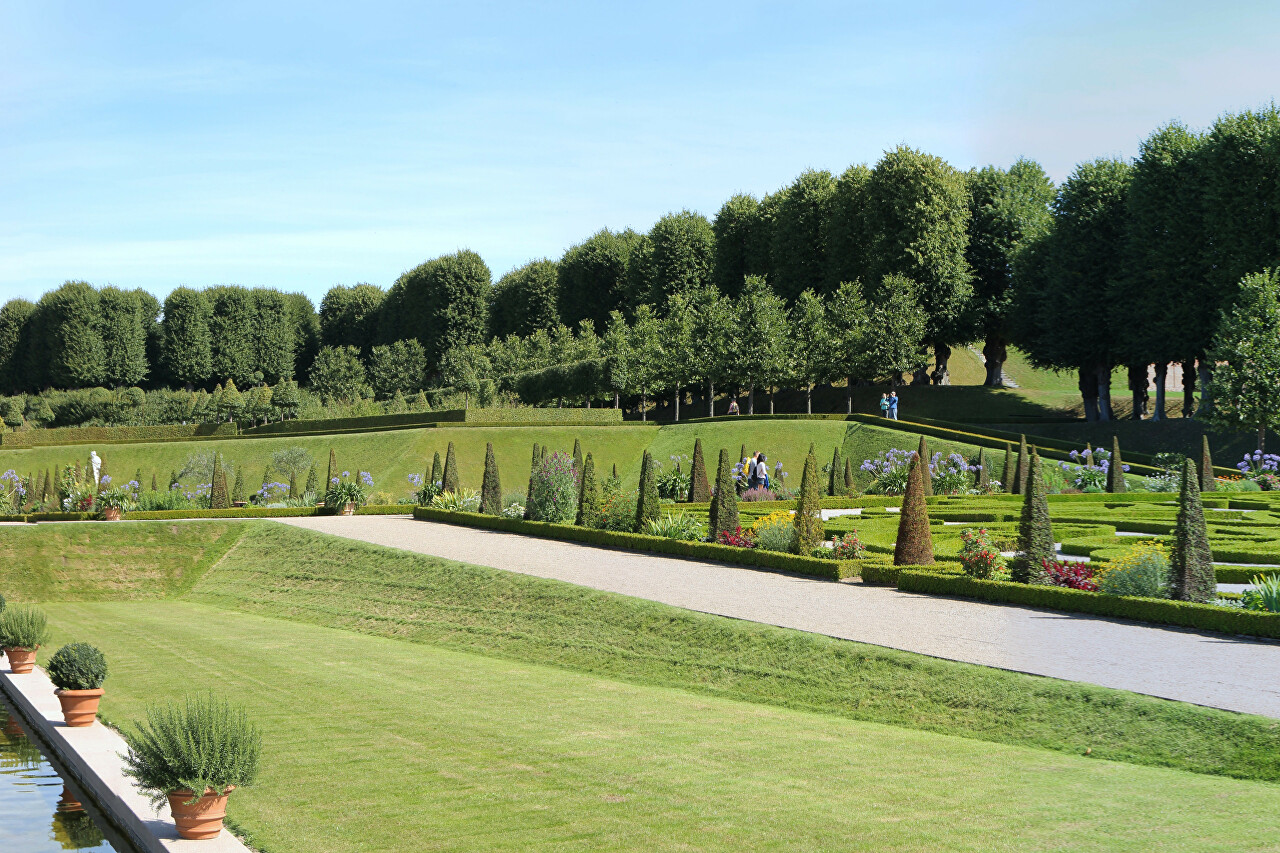
..
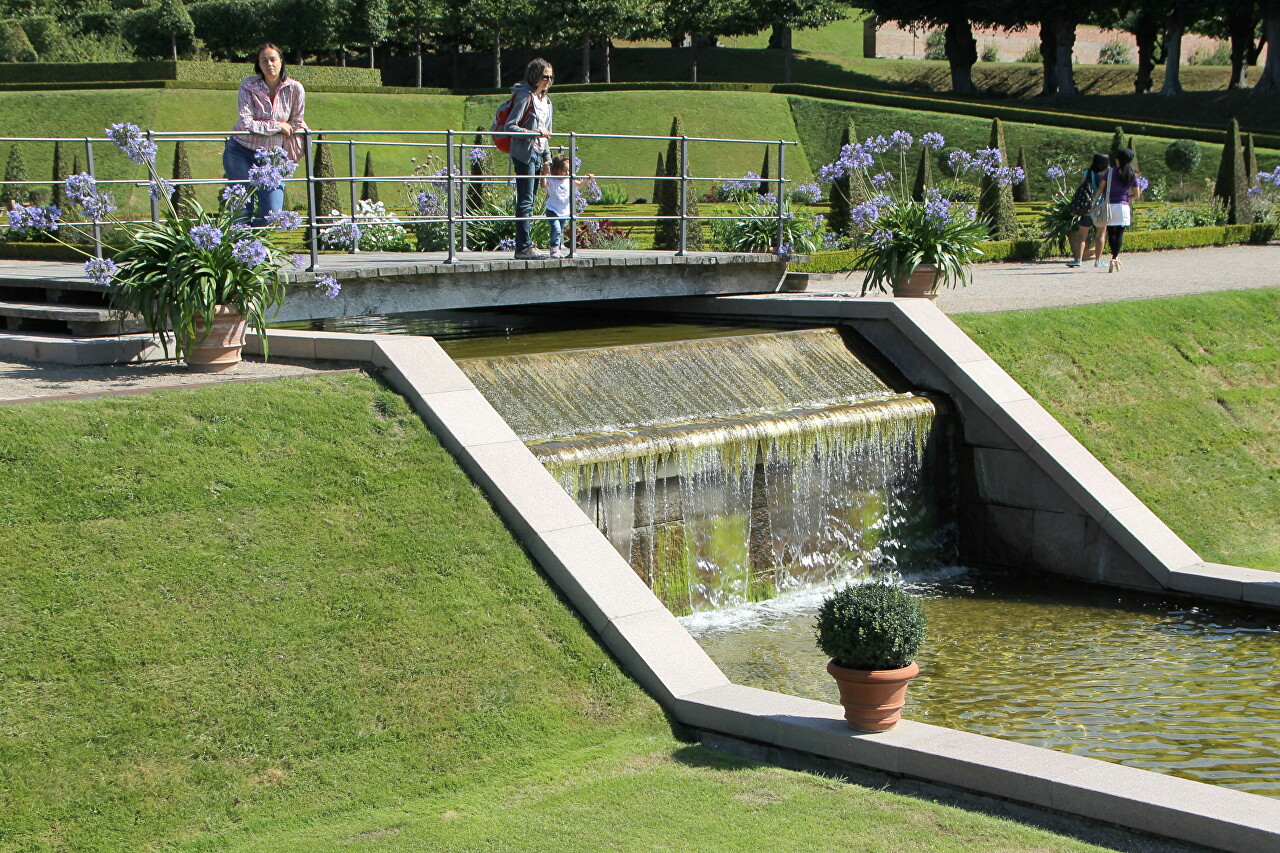
..
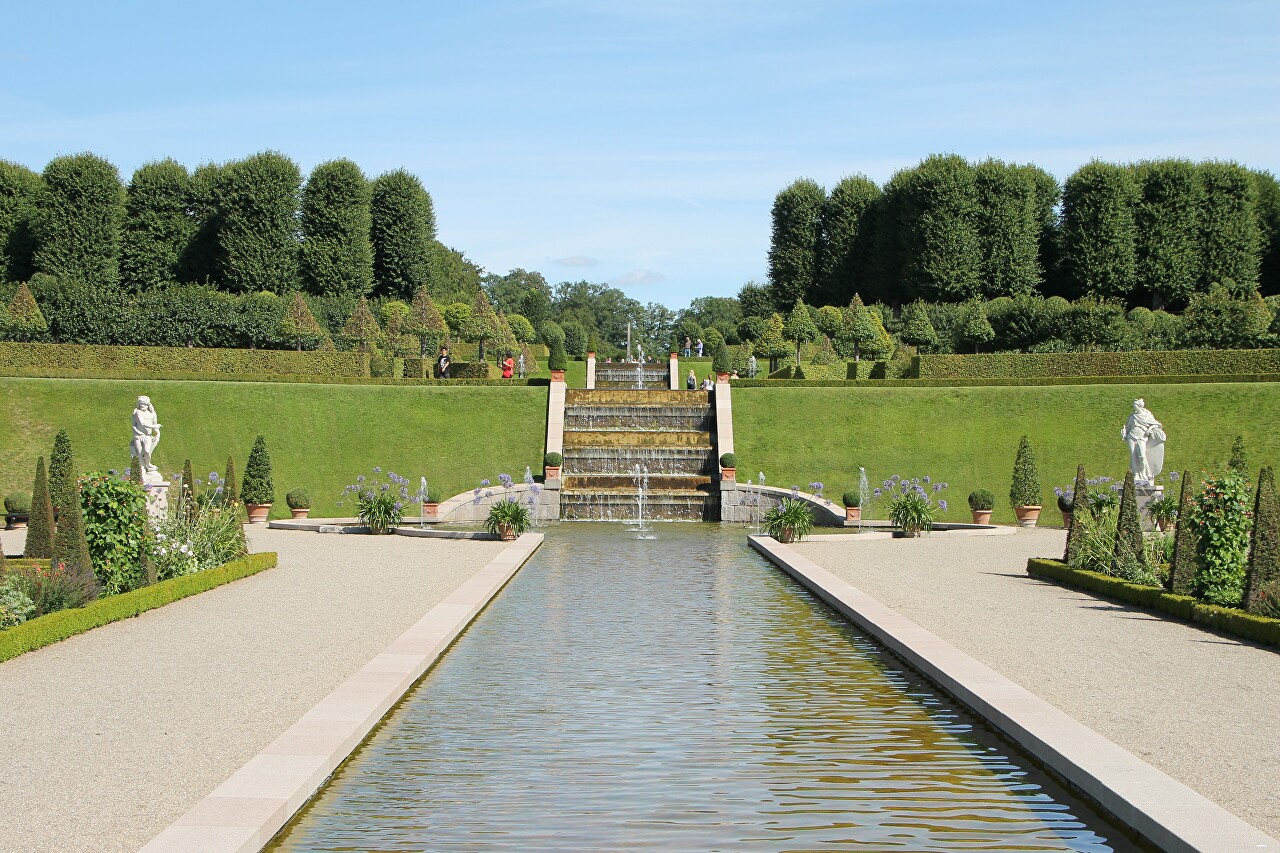
..
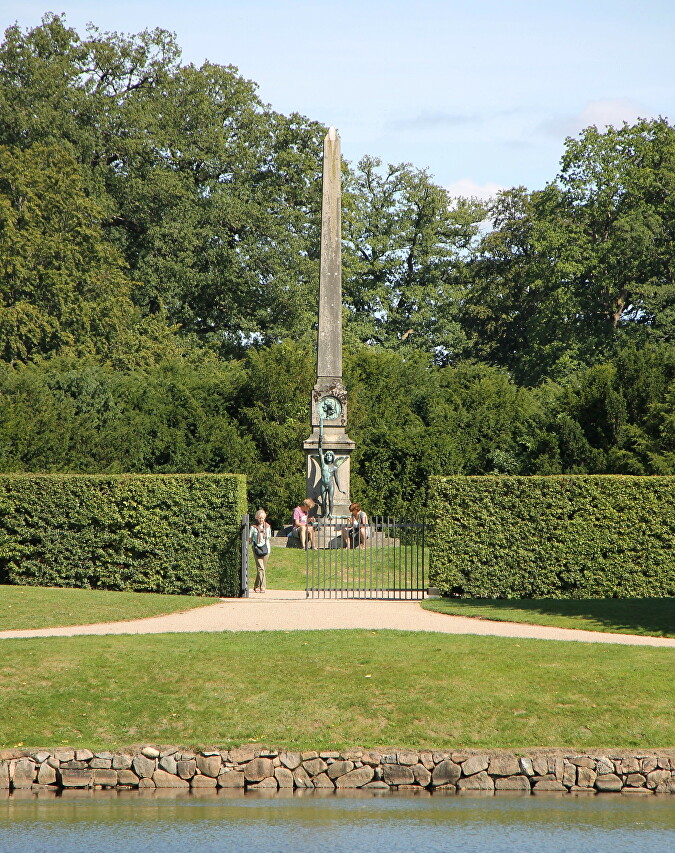
..
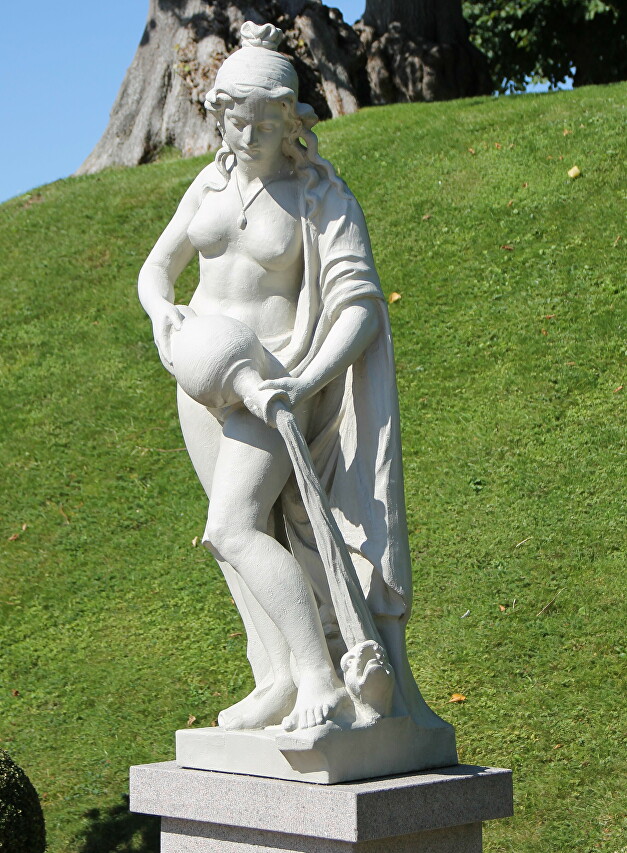
..

..
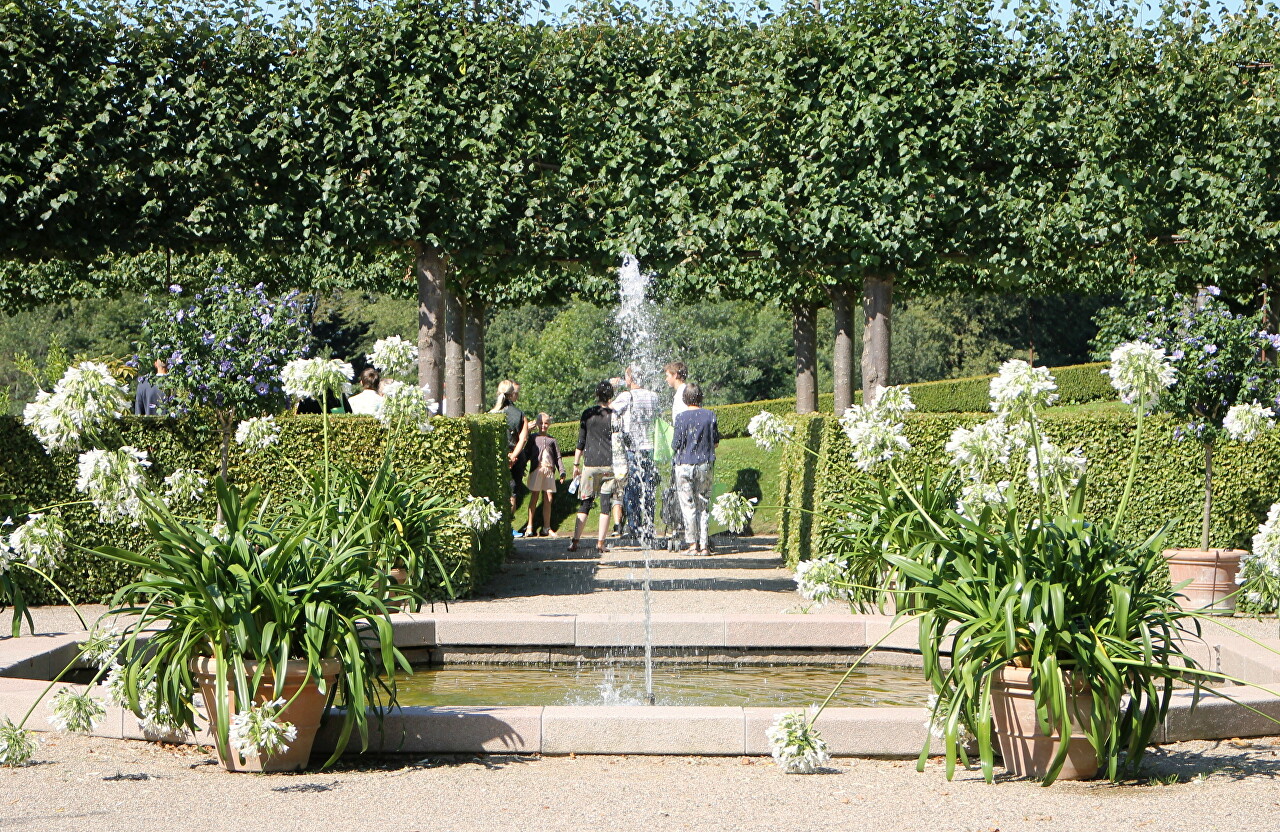
..
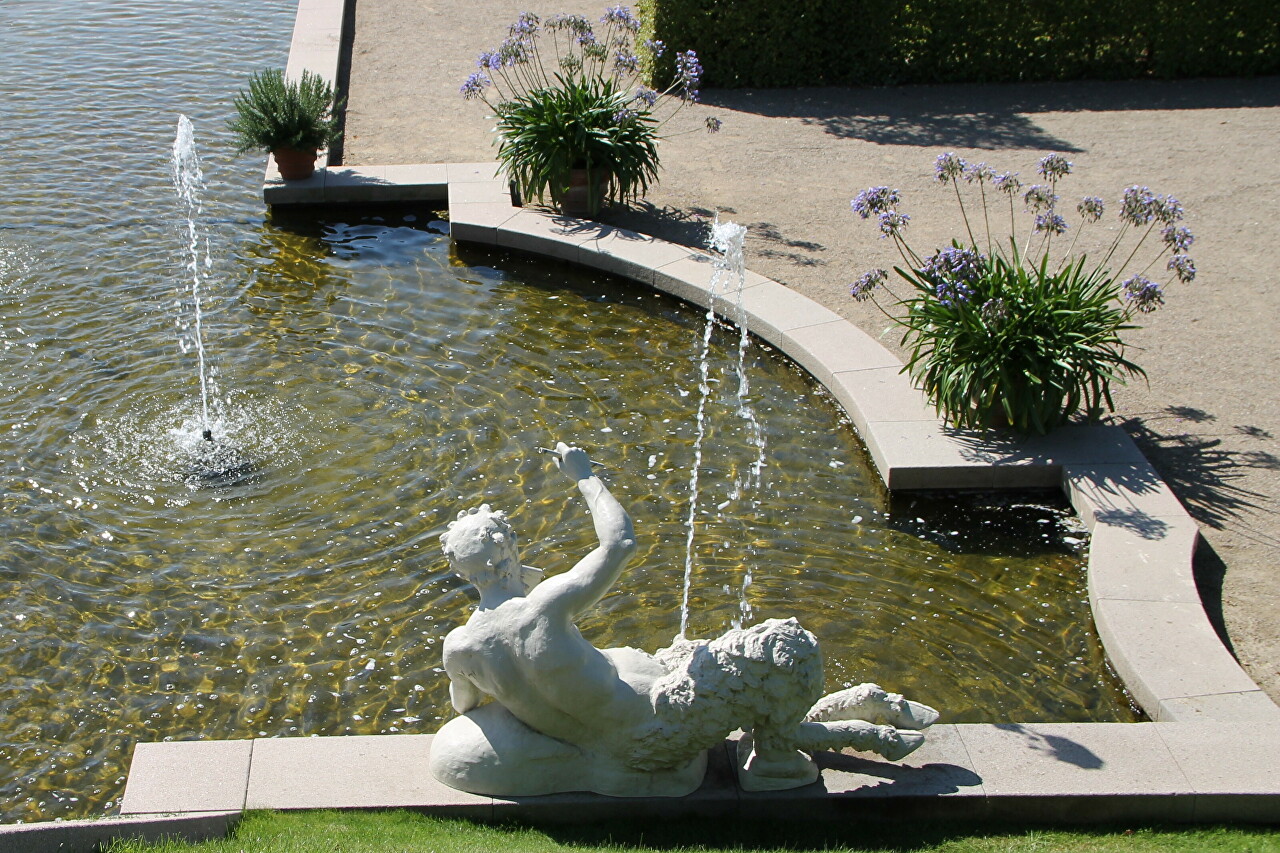
..
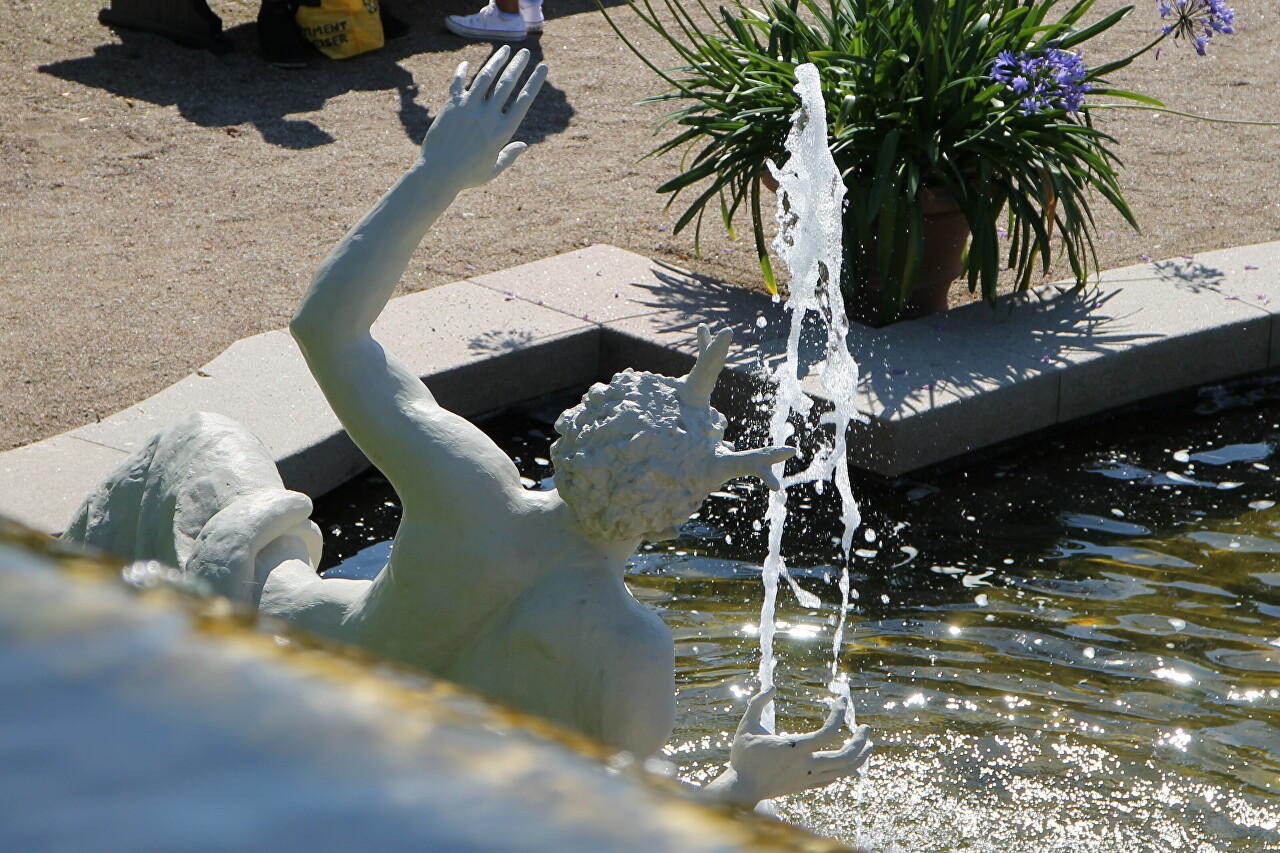
..
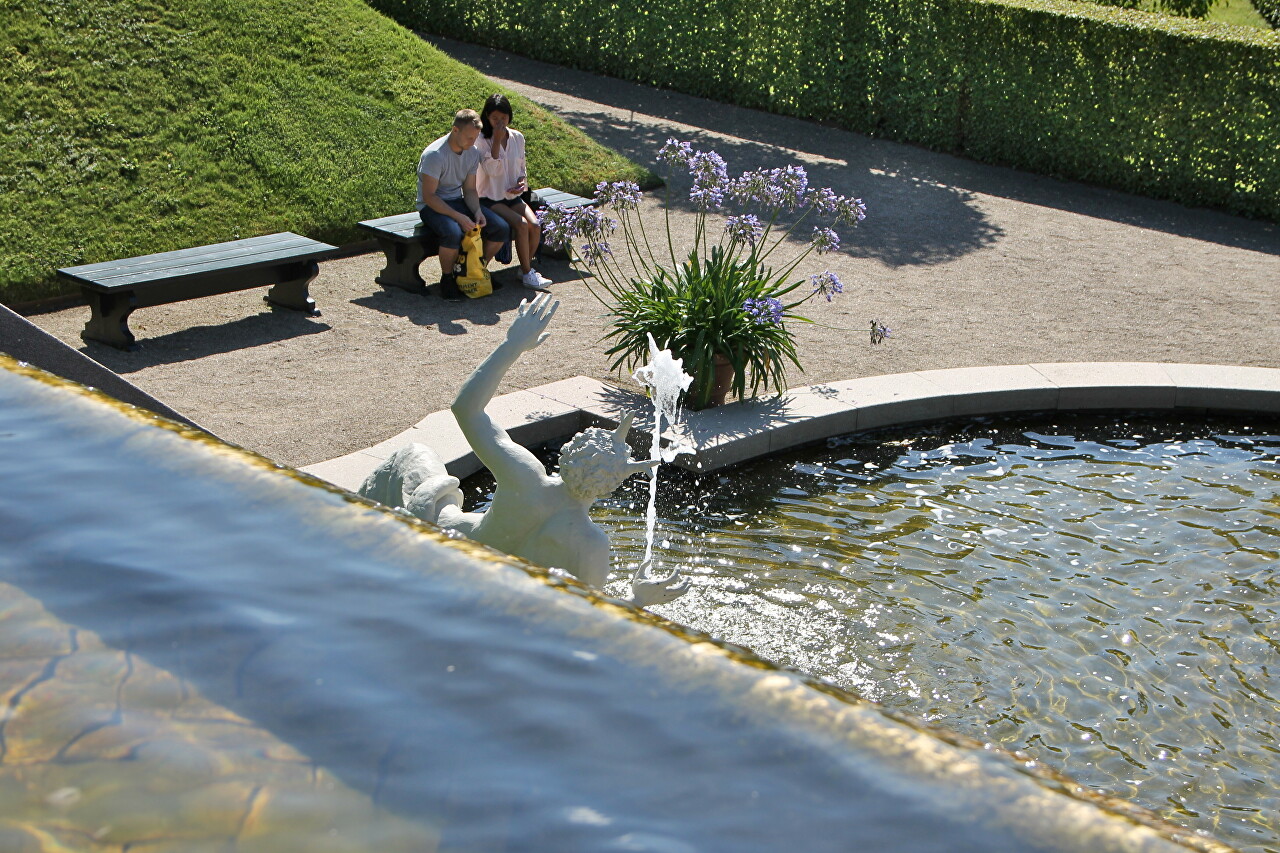
..
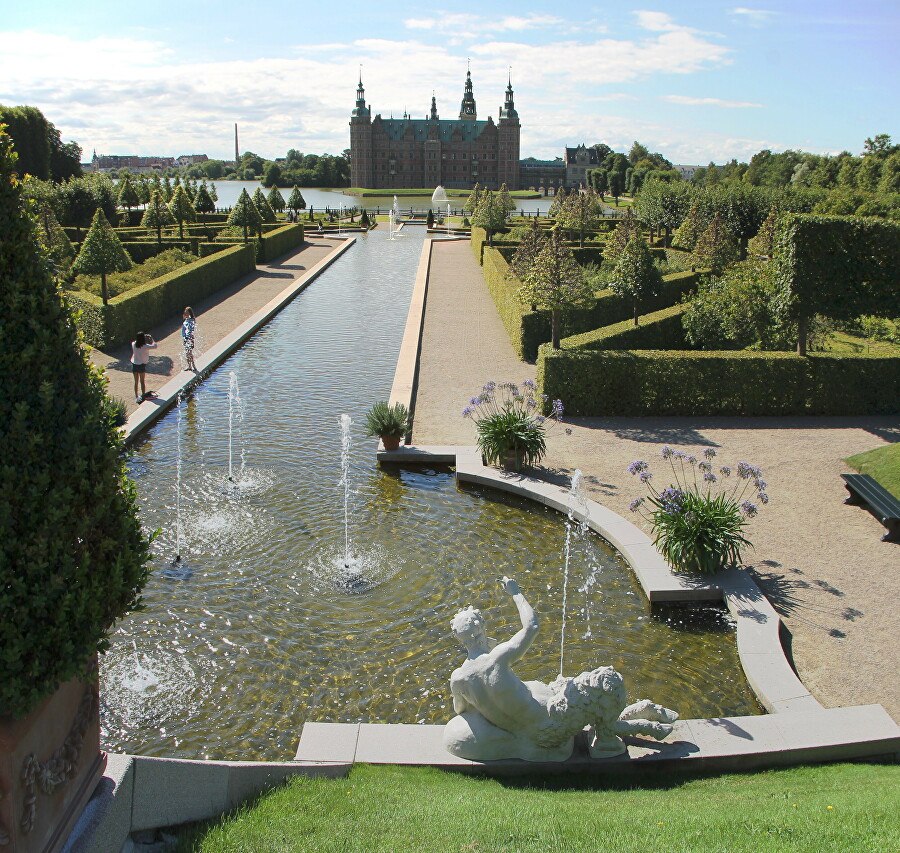
..
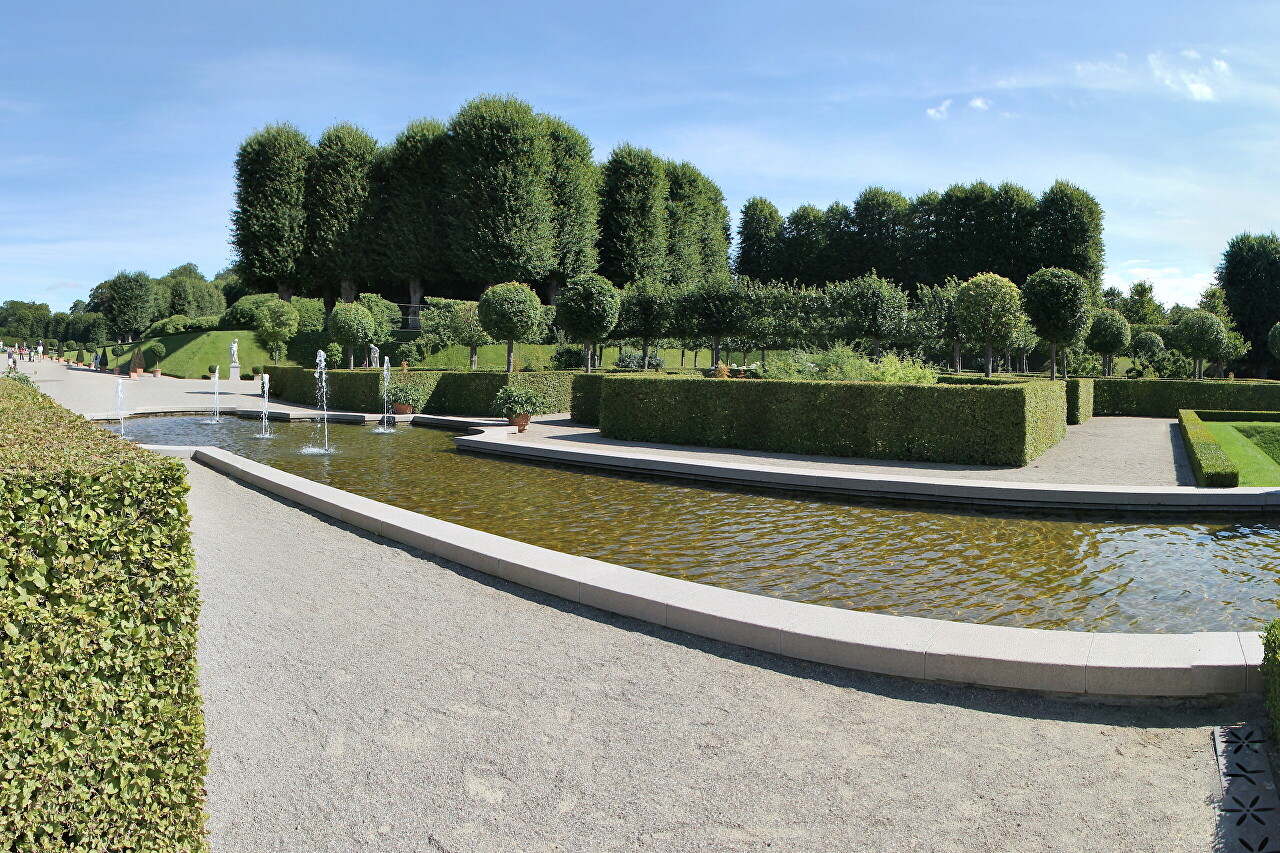
..
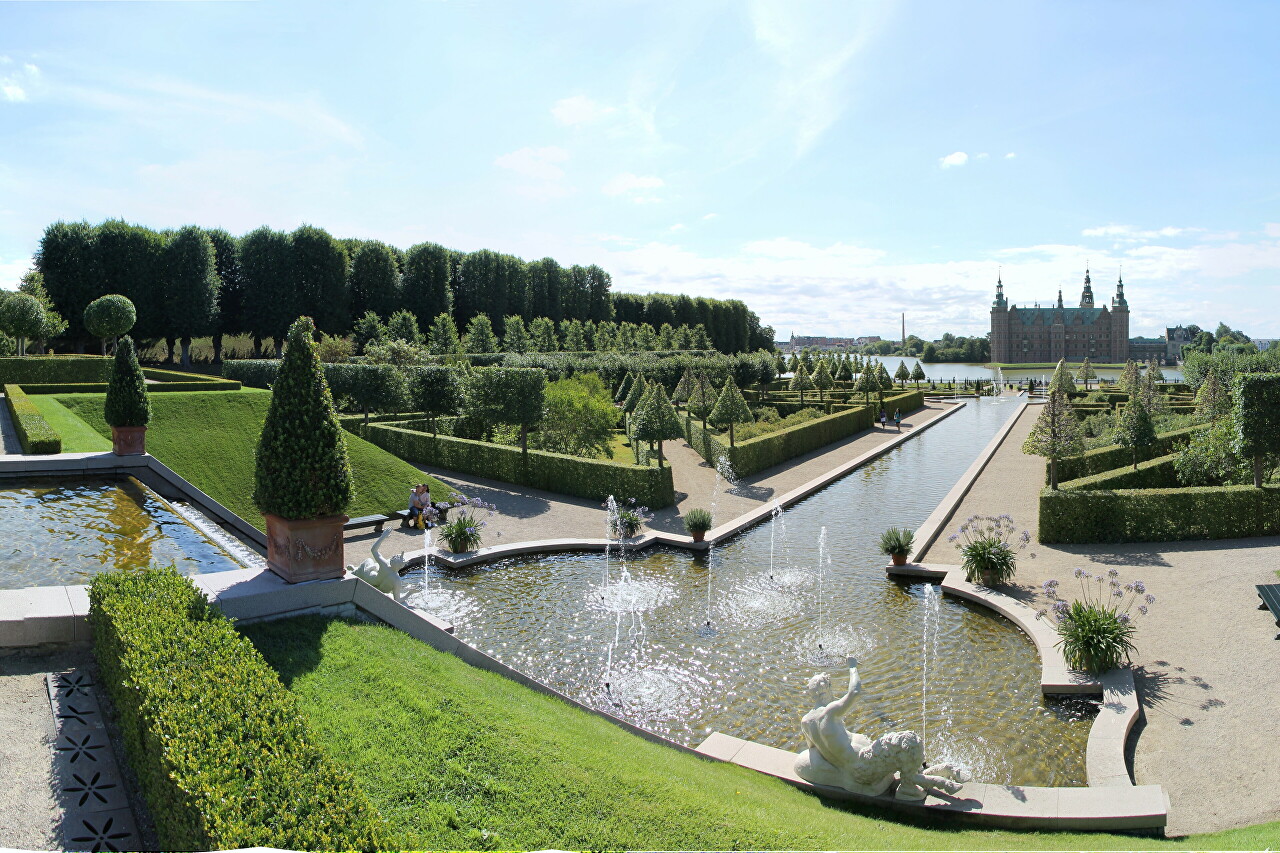
..

..
